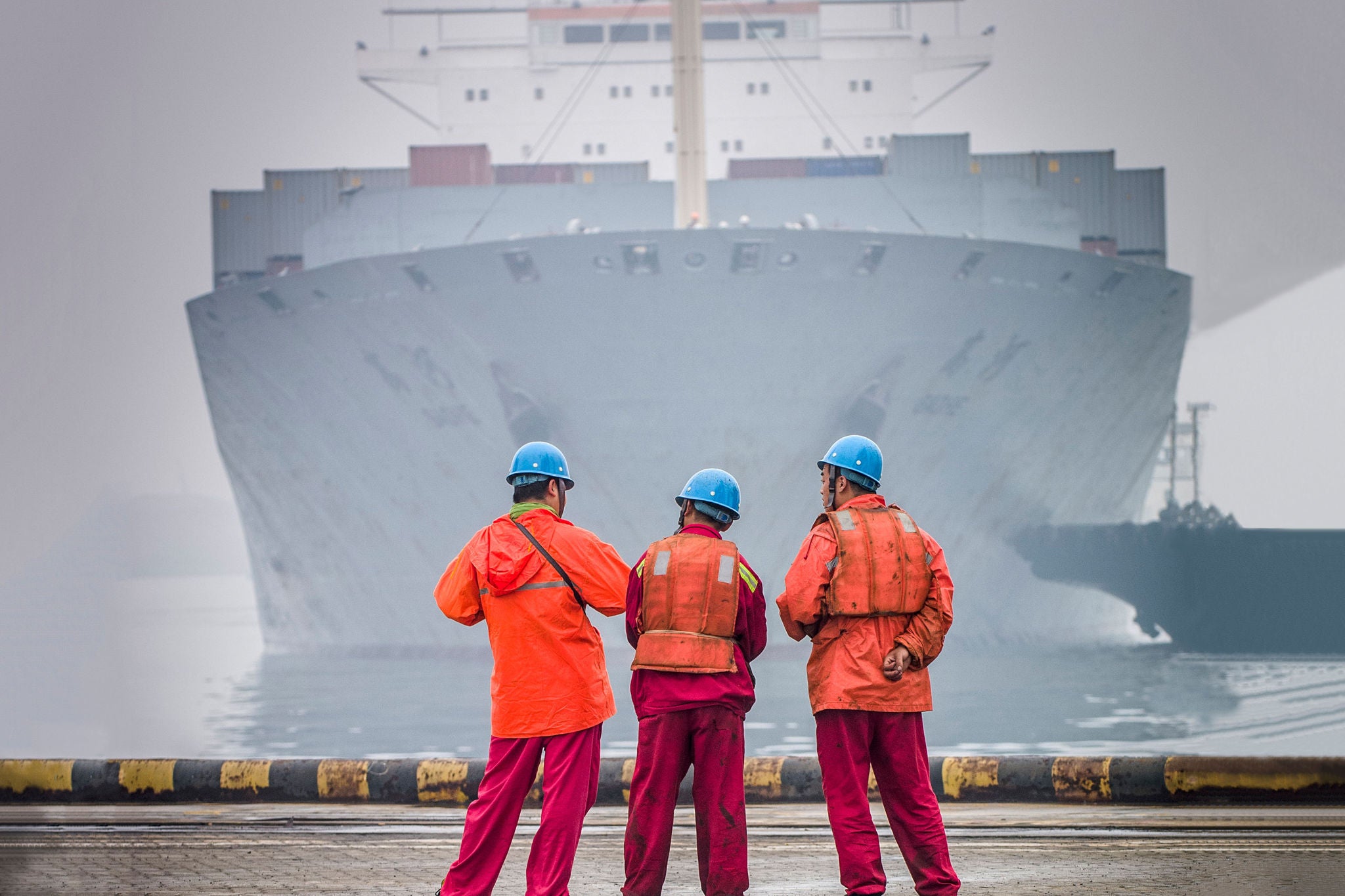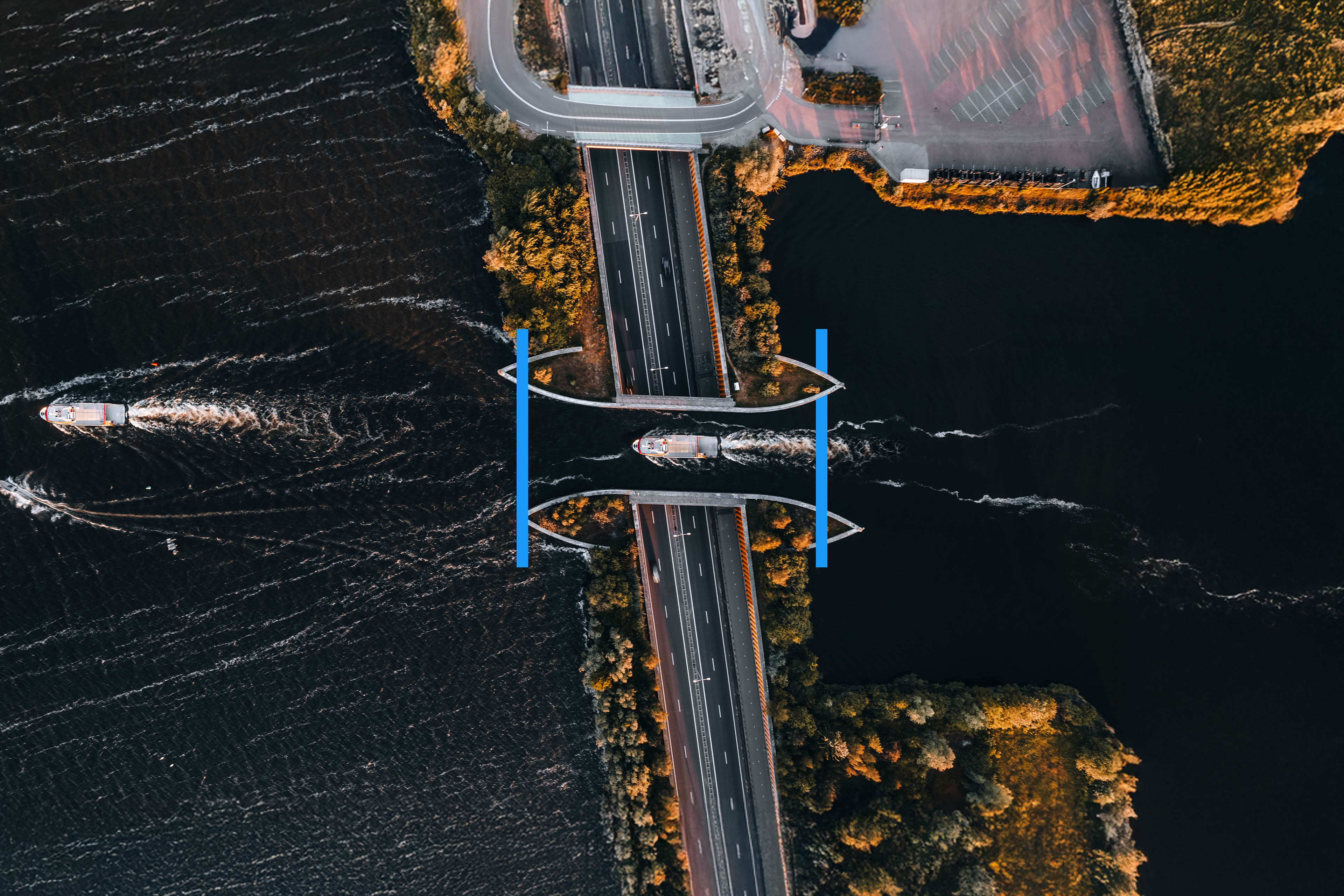EY refers to the global organization, and may refer to one or more, of the member firms of Ernst & Young Global Limited, each of which is a separate legal entity. Ernst & Young Global Limited, a UK company limited by guarantee, does not provide services to clients.
How predicting when ships arrive boosts efficiency for an entire port
Discover how an EY team developed breakthrough models that would exponentially improve a port’s operation.

The better the answers
How can one improvement be the vessel for massive change?
In a large port, any miscalculation in a vessel’s arrival time has the potential to create significant delays for the port.
In one of the world’s largest ports, logistics present an overwhelming challenge. Nearly 100 vessels move in and out every day, carrying up to 20,000 20-foot containers each. This requires workers with diverse skill sets as well as massive trucks and cranes to service them. Any miscalculation in a vessel’s arrival time has the potential to create significant delays for the port. When things go wrong, vessels are left without somewhere to dock , workers wait without a job to do and machinery gets bottlenecked.
The port operator was reluctant to work with an external consultant, as it felt its operation was too complex for an outside team to understand. However, a team of data scientists and architects from the EY Asean Data Analytics Advisory practices was able to look at the port operator’s challenges with a fresh perspective and develop a breakthrough solution for their organization.
The better the answers
Predicting the unpredictable
AI is taking the guesswork out of the port.
Using predictive analytics, machine learning and new sources of data, the EY team developed three solutions. These included approximately 20 artificial intelligence (AI) models that were built and integrated to predict the arrival of vessels 14 days in advance, the resources the port would need to meet demand and the potential choke points in the yard. They collaborated with the client to tap into extensive historical databases, informing the model with variables such as tidal patterns, vessel sizes and past variations in arrival times from various shipping lines.
The better the world works
Macro and micro impacts
Any improvements to predict arrival times can create big changes.
By incorporating these historical trends with satellite navigation and each vessel’s declared arrival time, the model proved more accurate than the port operator’s previous system. More precise arrival times enabled more accurate workforce planning, which, in turn, enabled better anticipation of potential choke points and allowed for real-time suggestions of faster driving routes through the yard. Together, these three solutions helped enable a significant increase in the port’s efficiency that created substantial cost savings within just four months of the initial proposal. For vessel prediction alone, the team increased accuracy by 3% beyond the client’s benchmarks, which translates to approximately US$10.2 million in savings. Most importantly, this allowed the client to use advanced data analytics technologies to drive disruptive operational changes toward building their intelligent ports.
The port operator developed trust in the EY team because of its ability to understand the problem, engage fully with the organization and ultimately transform the operation. The team was awarded an additional major project, and it swept the three top prizes at the port operator’s global innovation challenge — designed to promote transformation within the 30+ ports under its control.
Beyond the macro impact for the port operator, these solutions affected the workers on the ground too. Better planning meant they had more predictable hours, rather than hours of idleness followed by extensive overtime caused by delays. It even enabled them to schedule holidays that were previously impossible to take due to the port’s unpredictability.
Each new day brings additional information to inform the model and improve its accuracy. Any improvement in the model, no matter how minor, could exponentially improve the port’s operation and the flow of goods around the world.


